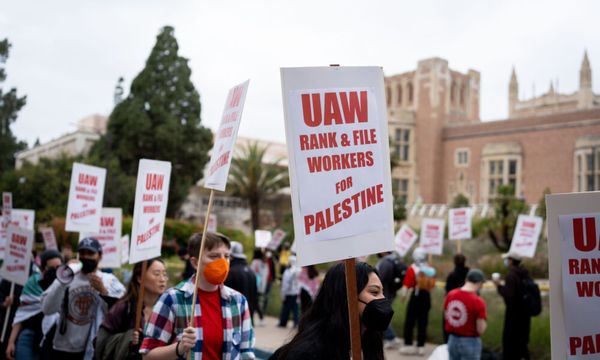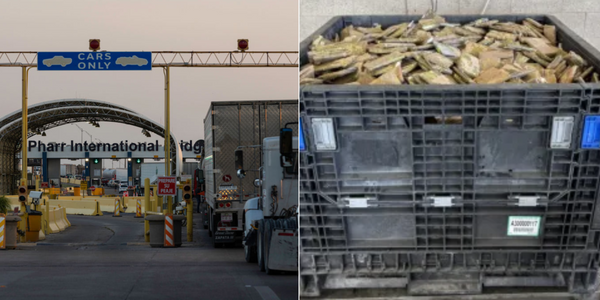
With a successful home Women’s World Cup in the rear-view mirror, there are hopes other women’s sports may ride the wave of momentum to increased viewership, attendances, funding and, importantly, respect. The nearly 2 million tickets sold across Australia and New Zealand for the tournament are a reminder the audience already exists.
The AFLW stood ready to capitalise on this momentum, ramping up its marketing and officially launching the 2023 season as the World Cup ended. The decision to wait for clean air made sense given the Matildas fever that struck the nation saw an estimated 17 million Australians watch the semi-final against England from homes, in pubs and at live sites. The AFLW will hope to provide an exciting segue for fans of all ages who are hungry for new players to learn about and support, particularly after the men’s competition wraps up at the end of September.
But the AFL and other leagues cannot rely solely on momentum for progress. It is not so much a case of a “rising tide lifts all boats”, but rather “build it and they will come”. To see enduring change each code will need to show a clear commitment to their product by demonstrating value through scheduling, venue selection and promotion.
Less than 24 hours after Spain defeated England to claim the World Cup, the AFL announced it would award equal prize money to men and women for the first time, to the tune of $1.1m each. Although the money will be split between eight AFLW finalists compared with the top four for the men, it’s a symbolic and welcome boost for the many players who still juggle careers outside football.
On Friday night this year’s AFLW season will begin at Melbourne’s Ikon Park, afforded breathing space thanks to the men’s bye week between the home-and-away season and finals. The league’s shared characteristics with the Women’s World Cup gives it unique marketing opportunities: affordable ticket pricing, accessible locations and a family friendly environment. The argument can be made that the AFLW’s boutique venues limit ambition, but for now, the distinct atmosphere of packed sites with rich histories such as the redeveloped Whitten Oval and Essendon’s spiritual homeland Windy Hill, remain a selling point for families and friends gathering to get in on the action.
There was perhaps no better example of the AFLW getting it right than last year’s grand final eve “festival of footy”, which remains on the calendar in a tweaked format this season. Four games were scheduled on the Victorian public holiday, three in the Melbourne sporting precinct near where fans gathered for the men’s grand final parade on the Yarra River. This foresight meant fans of all stripes could pack into venues like Punt Road Oval and the AIA Centre to get their football fix. Compare this with the many Friday 5pm and 6pm games that were near impossible to attend for anyone with a standard working day. The dreaded 5pm time slot continues this season, but at least only while the men’s finals are on.

In terms of the competition itself, bar a few small changes much remains the same as it was for the 2022 AFLW season. Teams will try to find their feet without the turbulence of repeated expansion, and will reap the rewards of increased talent pathways and game time. Players and fans were disappointed when the league finally released the 10-round AFLW fixture in mid-July, which will end with four weeks of finals and a grand final in early December.
The players’ association wanted a 12-round fixture as part of a steady rise to a 17-round season, where all teams play each other once, by 2026. But the AFL says it is focusing on “sustainable growth” given a reported dip in TV ratings and crowds. It’s hard to expect substantial, long-term improvements while the regular season is the same length as the pre-season for teams that miss out on finals, and players who don’t get selected have few options to maintain match fitness. Underlining this is the unresolved collective bargaining agreement. The joint negotiations have been drawn out, and with job security and the future makeup of AFLW seasons on the line, will continue to play on the minds of all involved.
Banking on its own momentum after the World Cup, the A-League Women season will begin in the middle of the AFLW campaign in mid-October, with a standalone round one week before the men’s league starts. The ALW has been extended to 22 games, up from 14 rounds two seasons ago, and all eyes will surely be on how well World Cup hype transfers to the domestic competition. There are positive signs with under two months to go: Melbourne Victory, Sydney FC and Brisbane Roar have already broken their membership records.
Women’s sport continues to grapple with growth towards professionalism, improving pay and conditions, and building talent pathways. A bit of healthy competition this year to improve standards across the board, particularly given its fans tend to be happy to cross codes, may just help everyone.







